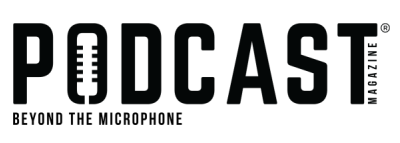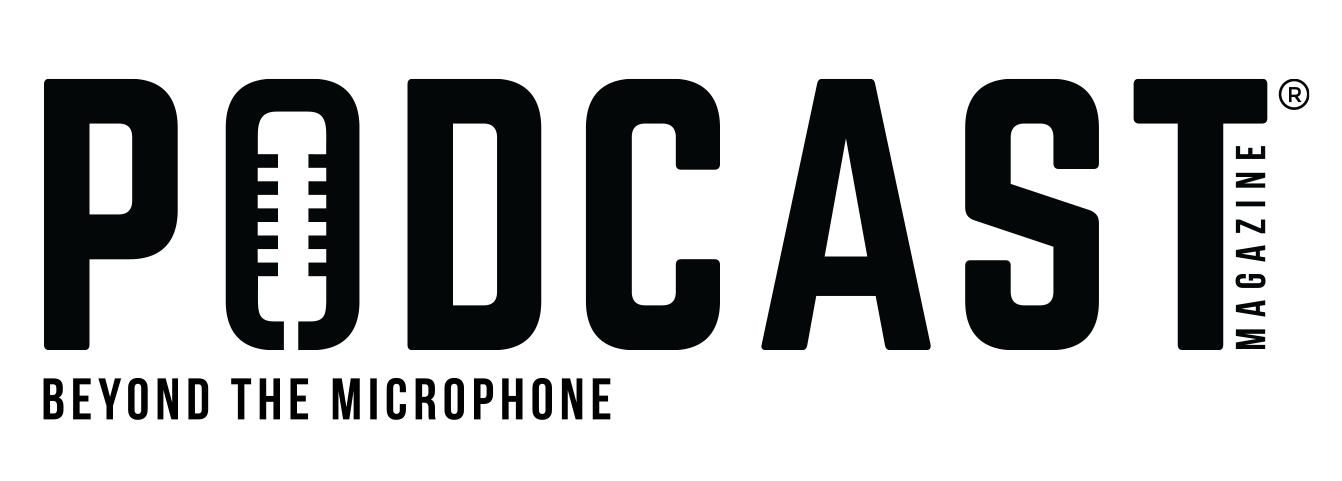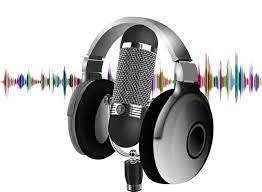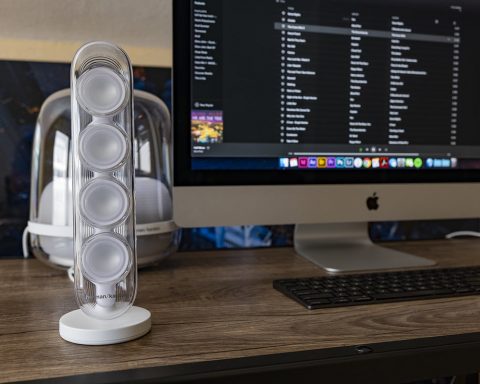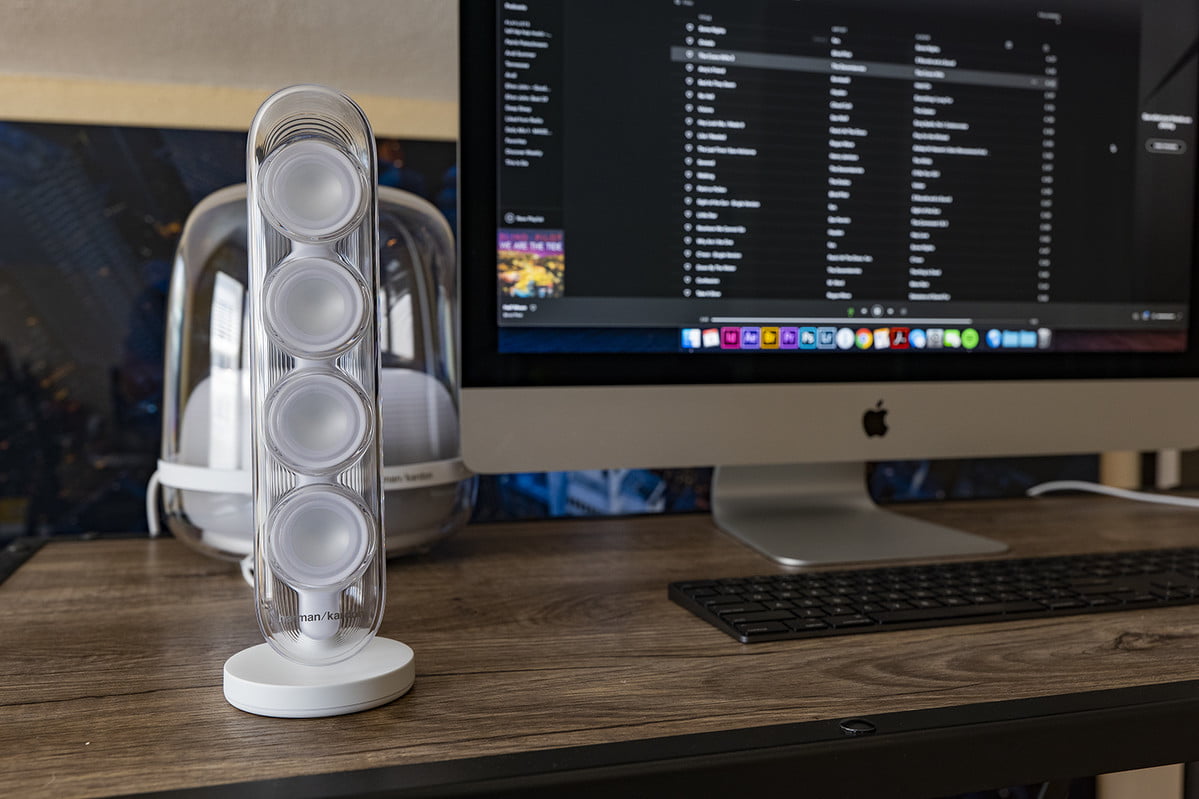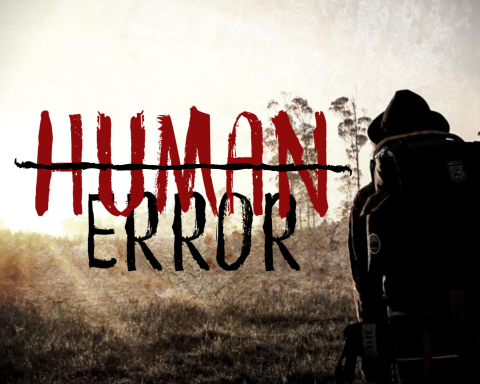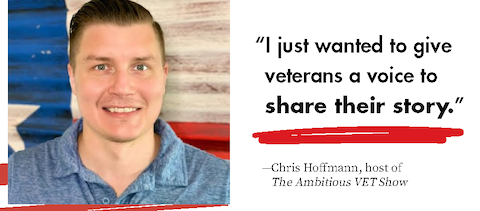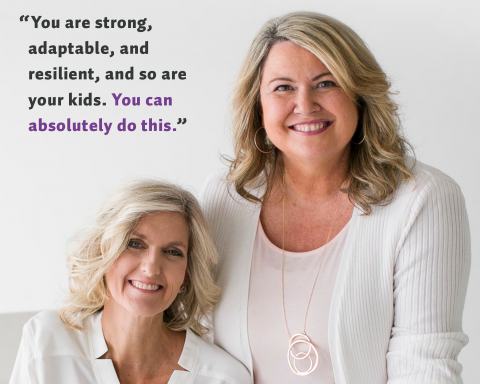140 characters.
They called it a “microblog.” At first, being held to 140 characters when posting something was really strange. But it caught on, and then it caught fire… and then, everyone was referencing it.
Twitter changed the world.
Still today, if it’s news, you’ll likely find it on Twitter first, and no place on Earth is seemingly immune to the platform’s power. In fact, when the United States was hunting Bin Laden, it was an IT guy (@ReallyVirtual) watching helicopters overhead who was the first to break the news about the raid on his compound: “Helicopter hovering above Abbottabad at 1AM (is a rare event),” he tweeted from the small town in Pakistan.
And its popularity and widespread use hasn’t let up. It has been a primary tool used in presidential campaigns and the mainstream media.
As we approach its 16th anniversary, though, some think the time has come for a new “micro content” site to dominate the landscape.
This time, in the form of micropodcasts.
Back in 2006, the idea of microblogging was quite foreign. Conversely, today, the idea of a micropodcasting site seems quite logical and normal, even begging the question, “Where have you been all my life?”
Your voice has a tone, inflection, and warmth that is hard to achieve in 140 characters. Micropodcasting is the obvious evolution of Twitter, and quite possibly, a much more efficient way to share information.
Perhaps it is logical because we totally understand how much information can be shared in a 15-second, 30-second, and one-minute spot on the radio. But unlike ads you hear on the radio today and full-length podcasts, micropodcasts can be created in less than two minutes from beginning to end.
Racket
Racket seems to be the big dog in the micropodcasting universe, thus far offering users the chance to share 99-second audio clips with friends, family, and followers. Like TikTok, the feed is a never-ending stream of audio clips easily created using the app’s tools. Users can record an audio, add an image, add tags, and publish within a minute. 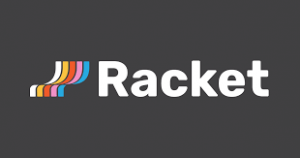
Cappuccino
Cappuccino takes the idea one step further by allowing a group of people, perhaps your closest friends, to post their own short clips. It then delivers the professionally combined and mixed group of audios to your first thing the next morning, with a note reading, “Your cappuccino has been brewed.” It’s similar to the Snuzzle app that was featured on the U.K.’s Dragon’s Den TV show as an inspirational alarm clock of motivational messages from friends. 
Synth
The Synth app saw this audio opportunity as a great tool for schools and groups. With Synth, you create a channel and post your first audio (question, lesson, conversation starter). Next, invite people to the channel, and then enjoy an asynchronous conversation of written and audio replies—all micropodcasting content. 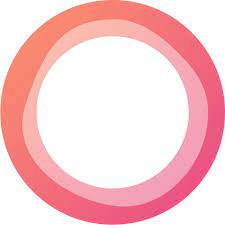
Soundsay
Not everyone can have their volume up all the time, so the founders of Soundsay thought it would be great for each audio clip to post automatically with transcription. Not only that, but in Snapchat fashion, they invite users to add a voice filter to their note, as well. Record a short message and have it dictated in the voice of a robot, alien, Santa, or other options. 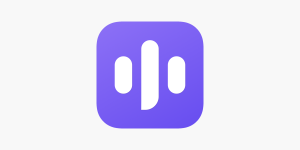
AnyVoice
The folks at AnyVoice thought 114 seconds was a better max time than 99, and that users should have access to custom backgrounds and the ability to create captions for the short audio clips. 
Yibber and Riffr
The folks at Yibber and Riffr thought micropodcasts would be better if communities could be built around categories. Thus, the app gives you the opportunity to create channels (or hashtags) like #NFL-Playoff-Games. Then, others who want to share their thoughts about the playoffs can do so amongst others with the same interest.
They also both emphasize that the more prevalent video-based apps just can’t be consumed at certain times, such as when you’re driving, but listening is something we’ve been doing since cars were invented. 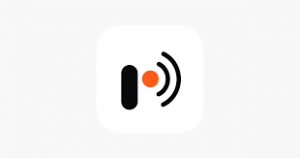
Trebble FM
Trebble wants to help microcontent creators by acting as a distribution tool. Record your 60- second audio file on the app, and Trebble will distribute it to Amazon’s Alexa, where users can subscribe to a “Flash Briefing.” They also distribute it to Google Assistant. (John Lee Dumas of Entrepreneurs on Fire is a Trebble user for this purpose.)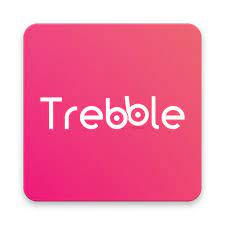
Highlight FM
Highlight realizes there’s another side to micropodcasting. While many want to create and share their own microcontent, there’s a world of people who could benefit from merely consuming microcontent.
For people on the go, Highlight FM is a listening tool. Users can hear the best moments from their favorite podcasts, news shows, podcasters, and trending topics. So instead of listening to the full three-hour Joe Rogan Experience episode, you can just hear the best five-minute clips and feel up to date. 
Across the board, app developers are seeing the power of audio. Micropodcasting may not yet have a breakout winner like Twitter, but one will surely arise and become the standard go-to site for micropodcasting content.
Think of all the times in the last week you said, “I just don’t have time.”
Perhaps adding one of these apps to your world will give you a new level of freedom.
March 2022 Issue
